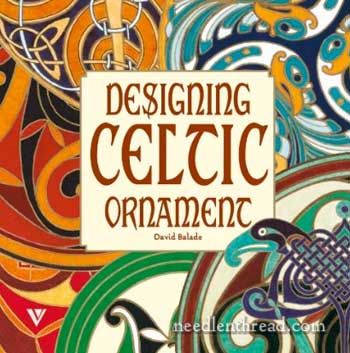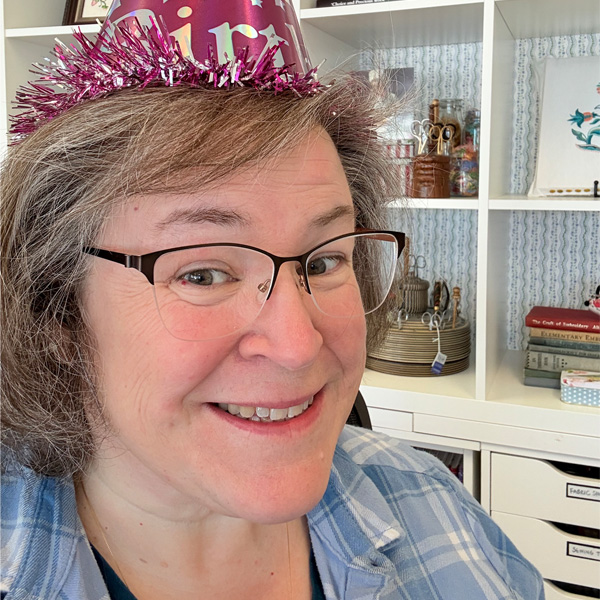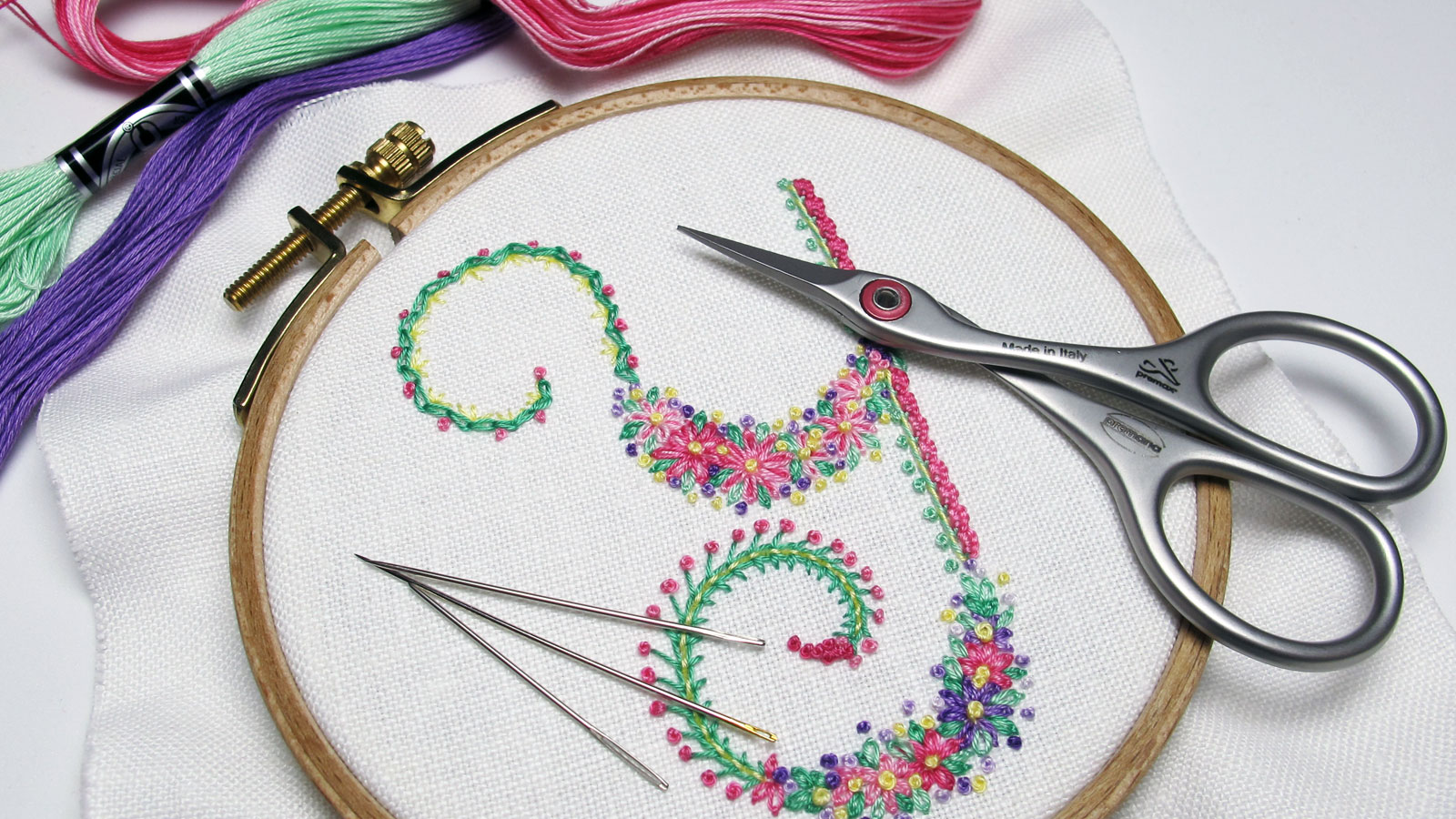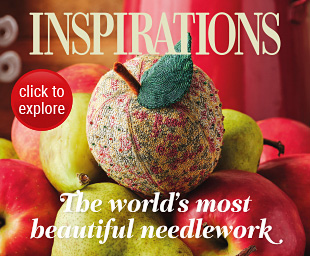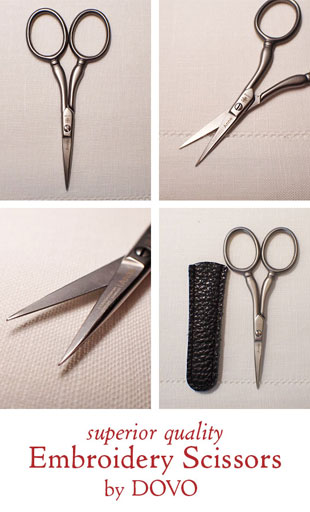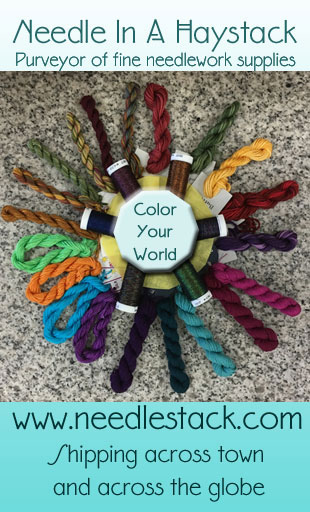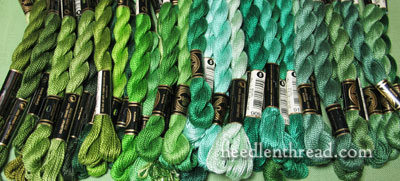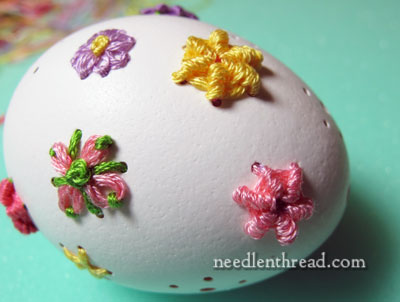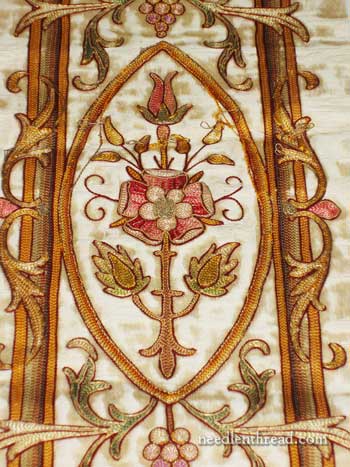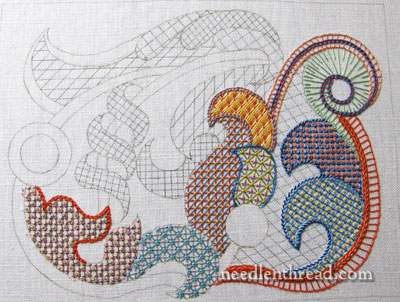March 16, 2013
Designing Celtic Ornament
“I want to design my own embroidery projects, but I’m not sure where to start.” I hear this a lot – design questions frequent my inbox just about as often as technique questions.
Right off the bat, you should know that I’m not a terrific artist. I can doodle, and I can draw “ornament” (roughly!), and I can even color with crayons! But if I sit down with the notion of sketching up a realistic portrait, I’m the type of draw-er that ends up with stick figures or caricatures.
Source books are a great aid when it comes to getting a little nudge of inspiration on drawing your own design. And books that actually teach you how to draw certain types of designs are even better. When you understand the basic structures that make up ornamental designs and how those structures developed, it’s a lot easier to doodle up your own ornaments.
